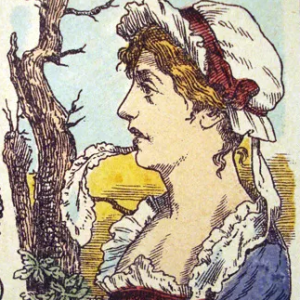Navigating the roads is a part of daily life for millions of people, and understanding traffic signals is crucial for safe driving. However, not everyone might be aware of the exact configuration of traffic lights, leading to confusion and potential hazards. This article explores the correct setup of traffic lights and explains the rationale behind their design, ensuring that you never second-guess which light to follow again.
The Standard Traffic Light Configuration

Traffic lights are universal tools for regulating traffic flow, preventing accidents, and ensuring pedestrian safety. Understanding their correct configuration is essential for all road users:
- Red Light: Positioned at the top, the red light signals drivers to stop. This placement is universally recognized and is typically the first signal seen by drivers, given its crucial role in traffic safety.
- Yellow Light: Located in the middle, the yellow (or amber) light serves as a warning to drivers that the light is about to change to red, advising them to prepare to stop if it is safe to do so.
- Green Light: Found at the bottom, the green light indicates that it is safe to proceed, provided the intersection is clear.
This configuration is standardized in many countries around the world to maintain consistency and avoid confusion among drivers from different regions.
The first traffic light in the image is the correct one, as it adheres to the global standard with red at the top, yellow in the center, and green at the bottom. This layout promotes safety, visibility, and efficient traffic flow, making it the preferred setup worldwide.
Understanding Traffic Light Sequence
The sequence and timing of traffic lights are designed to optimize traffic flow and minimize waiting times at intersections:
- Light Sequence: The standard light sequence progresses from green to yellow to red. This sequence is designed to ensure that drivers have ample warning of changes and can react accordingly, promoting smooth and safe transitions at intersections.
- Timing: Traffic light timing can vary depending on the intersection’s size, the volume of traffic, and specific local needs. Engineers use various algorithms and sensors to adjust the timing, optimizing traffic flow and pedestrian safety.
Color Vision and Traffic Lights
The choice of colors—red, yellow, and green—is not arbitrary. These colors were selected because of their visibility and the way humans perceive them:
- Red: Universally recognized as a color denoting danger and the need to halt.
- Yellow: Serves as an effective transitional signal because of its high visibility and association with caution.
- Green: Indicates safety and the permission to proceed, easily distinguishable from red and yellow.
Traffic Lights and Road Safety
Traffic lights play a critical role in road safety, reducing the frequency and severity of intersection accidents:
- Preventing Accidents: By controlling the flow of vehicles and pedestrians, traffic lights significantly reduce the risk of collisions.
- Enhancing Pedestrian Safety: Pedestrian signals integrated into traffic lights help manage foot traffic, allowing people to cross safely.
Technological Advancements in Traffic Light Systems

Modern traffic lights incorporate advanced technology to improve efficiency and safety:
- Smart Traffic Lights: These use real-time data and artificial intelligence to adjust patterns based on traffic conditions, reducing congestion and improving flow.
- LED Lights: More and more traffic lights are being fitted with LED bulbs, which are more energy-efficient and have a longer lifespan than traditional bulbs.
Conclusion: The Importance of Recognizing Correct Traffic Light Configurations
Understanding which traffic light is correct is more than just a matter of knowledge—it’s a crucial aspect of safe driving. The standardized design and sequence of traffic lights are fundamental to ensuring that all drivers, regardless of their experience or the type of vehicle they drive, can navigate intersections safely and efficiently. By familiarizing yourself with the proper setup and operation of traffic lights, you contribute to safer road environments for everyone.
Traffic lights are a testament to how structured regulation and simple visual cues can create order and safety out of the complex, dynamic environment of road traffic. Next time you approach an intersection, you’ll know exactly which light to look for and what it means, keeping yourself and others safe on the road.


